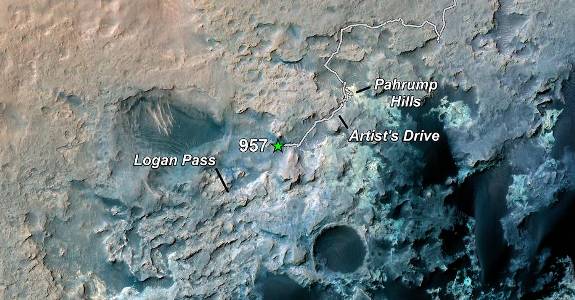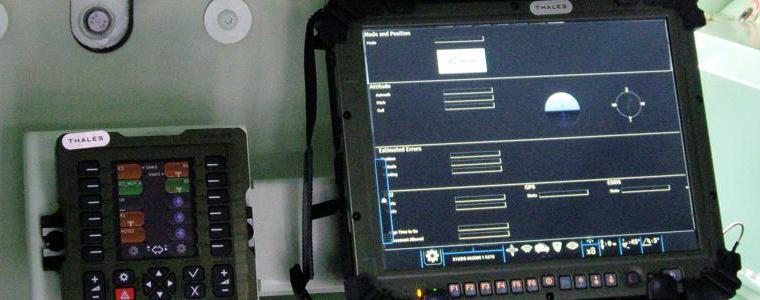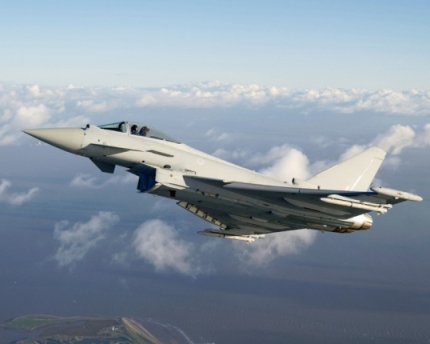
A green star marks the location of NASA's Curiosity Mars rover after a drive on the mission's 957th Martian day, or sol, (April 16, 2015). The map covers an area about 1.25 miles (2 kilometres) wide. Photo: NASA/JPL-Caltech/Univ. of Arizona.
PASADENA, CALIFORNIA (BNS): NASA's Curiosity Mars rover is continuing science observations while on the move. On April 16, the mission passed 10 kilometres of total driving since its 2012 landing, including about a fifth of a mile (310 metres) so far this month.
The rover is trekking through a series of shallow valleys between the "Pahrump Hills" outcrop, which it investigated for six months, and the next science destination, "Logan Pass," which is still about 200 yards, or metres, ahead toward the southwest, NASA said.
"We've not only been making tracks, but also making important observations to characterize rocks we're passing, and some farther to the south at selected viewpoints," said John Grant of the National Air and Space Museum, Washington. Grant is a Curiosity science team member who has been the team's long-term planner in recent days.
A drive of 208 feet (63.5 metres) during the mission's 957th Martian day, early Thursday, took Curiosity past a cumulative 10 kilometers of total Martian ground-distance covered. This is based on mapped distance covered by each drive; by wheel odometery, the rover reached 10 kilometres last week, but the mapped tally is considered a more precise measure of distance covered, excluding wheel slippage.
Curiosity is examining the lower slopes of a layered mountain, Mount Sharp, to investigate how the region's ancient environment evolved from lakes and rivers to much drier conditions. Sites at Pahrump Hills exposed the mountain's basal geological layer, named the Murray formation. Nearby, high-standing buttes are examples of terrain called the Washboard unit, from its corrugated appearance as seen from orbit.
"The trough we're driving through is bounded by exposures of the Washboard unit, with gaps at some places that allow us to see farther south to higher exposures of it," Grant said. "At Logan Pass, we hope to investigate the relationship between the Murray formation and the Washboard unit, to help us understand the ancient depositional setting and how environmental conditions were changing. The observations we're making now help establish the context for what we'll see there."
"The rover's mobility has been crucial, because that's what allows us to get to the best sites to investigate," Grant said. "The ability to get to different sections of the rock record builds more confidence in your interpretation of each section."
Curiosity spent much of its first 12 months on Mars investigating locations close to its landing site north of Mount Sharp. Findings during that period included evidence for ancient rivers and a lakebed environment that offered conditions favorable for microbial life, if Mars has ever hosted life.
After leaving the landing vicinity, Curiosity drove to reach Mount Sharp, with a few extended stops at science waypoints along the route before arriving in September 2014.
 Previous Article
Previous Article Next Article
Next Article













The Indian Air Force, in its flight trials evaluation report submitted before the Defence Ministry l..
view articleAn insight into the Medium Multi-Role Combat Aircraft competition...
view articleSky enthusiasts can now spot the International Space Station (ISS) commanded by Indian-American astr..
view article